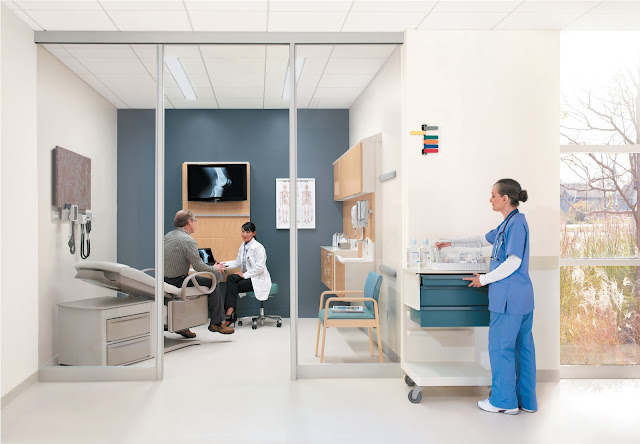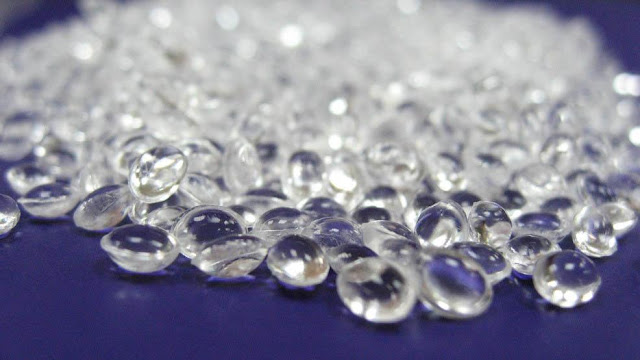Anti-Biofilm Wound Dressing Market Is Estimated To Witness High Growth Owing To Increasing Prevalence of Chronic Wounds
Anti-Biofilm Wound Dressing Market
The global Anti-Biofilm Wound Dressing Market is estimated to be valued at US$ 646.4 Mn in 2022 and is expected to exhibit a CAGR of 13.5% over the forecast period 2023-2030, as highlighted in a new report published by Coherent Market Insights.
Market Overview:
Anti-Biofilm wound dressings are advanced wound care products designed to
prevent and manage biofilm-related infections in chronic wounds. These
dressings help in the effective management of chronic wounds, such as pressure
ulcers, diabetic foot ulcers, and venous leg ulcers, among others. They provide
several advantages, such as reducing wound-related complications, promoting
wound healing, and preventing infection. With the increasing prevalence of
chronic wounds worldwide, there is a growing demand for effective wound care
products, driving the growth of the Anti-Biofilm Wound Dressing Market.
Market Key Trends:
A key trend observed in the Anti-Biofilm Wound Dressing Market is the adoption
of advanced technologies in wound dressings. Manufacturers are focusing on
developing innovative dressings that incorporate technologies such as
nanotechnology, hydrogels, and antimicrobial agents. These advanced dressings
offer enhanced functionality and improved healing outcomes. Moreover, the
increasing preference for minimally invasive procedures and the growing
awareness about the benefits of advanced wound care products are further
fueling the demand for anti-biofilm wound dressings.
In conclusion, the global Anti-Biofilm Wound Dressing Market is projected to
experience significant growth in the coming years. The market is driven by the
rising prevalence of chronic wounds and the increasing adoption of advanced
technologies in wound dressings.
PEST Analysis:
Political: The political factor in the anti-biofilm wound dressing market
refers to regulations and policies set by governments regarding healthcare
products. Governments play a significant role in the approval and regulation
process of wound dressings. Policies related to infection prevention and
control can affect the demand for anti-biofilm wound dressings. For example,
governments may implement stricter regulations to control hospital-acquired
infections, leading to a higher demand for anti-biofilm wound dressings.
Economic: The economic factor in the market relates to the financial conditions
that affect the buying power of consumers and healthcare institutions. Economic
stability and growth influence the willingness and ability of consumers and
healthcare providers to invest in advanced wound care products like
anti-biofilm wound dressings. Factors such as GDP growth, disposable income,
and healthcare expenditure contribute to the market's economic aspect.
Social: Social factors refer to the demographic and cultural aspects that
impact the market. The aging population and rising prevalence of chronic wounds
are crucial social factors driving the demand for anti-biofilm wound dressings.
Furthermore, increased awareness about the benefits of advanced wound care
among healthcare professionals and patients is driving the market's growth.
Technological: The technological factor refers to advancements in wound
dressing materials and manufacturing processes. Technological innovations in
anti-biofilm wound dressings, such as the incorporation of antimicrobial agents
and bioactive components, are driving market growth. Additionally, advancements
in wound assessment technologies, such as imaging techniques and diagnostic
tools, are contributing to the development of effective wound care solutions.
Key Takeaways:
The global Anti-Biofilm Wound Dressing Market is
expected to witness high growth, exhibiting a CAGR of 13.5% over the forecast
period (2023-2030). The market size for 2022 was estimated to be US$ 646.4
million.
In terms of regional analysis, North America is expected to be the
fastest-growing and dominating region in the anti-biofilm wound dressing
market. Factors such as the presence of a well-established healthcare
infrastructure, high healthcare expenditure, and an increasing geriatric
population drive the market's growth in this region.
Key players operating in the anti-biofilm wound dressing market include 3M,
Convatec Group PLC, Smith & Nephew PLC, Urgo Medical, and Coloplast
Corporation, among others. These companies have a strong presence in the market
and offer a wide range of products to cater to the needs of healthcare
providers and patients. Their continuous focus on research and development
activities, strategic collaborations, and product launches contribute to their
market dominance.
Read More : https://www.coherentmarketinsights.com/market-insight/anti-biofilm-wound-dressing-market-5978




Comments
Post a Comment